15 Climate Feedback Loops and Examples

What is a Climate Feedback Loop?
The cascading effects of climate change can have unforeseen consequences. These are the climate feedback loops that either amplify or reduce the effects of climate change.
Think of it as a domino effect:
- POSITIVE FEEDBACK LOOP: In a positive feedback loop, an initial warming triggers feedback to amplify the effects of warming.
- NEGATIVE FEEDBACK LOOP: Negative feedback loops reduce the effects of climate change.
So once you begin taking climate out of its balance, these positive and negative feedback loops start to kick in. Then, they can go beyond our ability to control them.
Negative climate feedback loops
We’re changing Earth’s climate. What happens next?
Negative climate feedback loops have beneficial results.
Instead of continued warming, they spark a favorable chain of events that lessen the severity of climate change.
Here are examples of negative feedback mechanisms for climate change:
1. Increased cloudiness reflects more incoming solar radiation
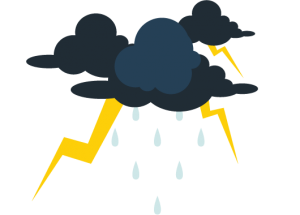
As ice sheets melt, this could increase cloudiness with more water vapor in the atmosphere.
Because clouds reflect 1/3 of incoming solar radiation, there would be less heat absorption on Earth’s surface.
2. Higher rainfall from more moisture in the atmosphere
Similarly, if there’s more water held in the atmosphere, then higher water volume leads to more precipitation. This is because the atmosphere can retain more moisture with higher temperatures.
But the downside is that ocean circulation patterns would change and create an imbalance in where rainfall occurs.
3. Net primary productivity increase

As higher concentrations of CO2 enter the atmosphere, plants have more material to photosynthesize. If you isolate a single plant in a laboratory, then adding CO2 makes Earth greener for now. But this fertilization effect diminishes with time.
But plants can’t grow indefinitely with rising CO2. This is because plants require other factors like nitrogen in the nutrient cycle. And if temperature rises, this can negatively influence plant growth.
4. Blackbody radiation
The energy released by Earth is a function of temperature. If Earth’s temperature increases, it raises the amount of outgoing radiation.
So the more energy you add to Earth, the more energy it will emit. This concept is the Stefan-Boltzmann law which has an overall cooling effect.
5. Chemical weathering as a carbon dioxide sink
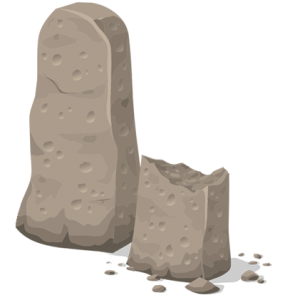
With more CO2 and water in the atmosphere, it increases carbonic acid which is just CO2 and water. Chemical weathering in rocks is a sink for atmospheric carbon dioxide. Thus, it weakens the greenhouse effect and leads to cooling.
This natural process of chemical weathering not only helps regulate Earth’s climate over geological timescales but also underscores the intricate feedback mechanisms that influence the composition of our planet’s atmosphere.
6. The ocean’s solubility pump
The solubility pump refers to the ocean’s ability to transport carbon from its surface to the interior. The ocean serves an important role in regulating CO2 by dissolving it in water.
As ice sheets melt, carbon storage increases. Currently, oceans absorb 33% of CO2 emitted to the atmosphere. Although this process cannot continue indefinitely, solubility pump efficiency depends on ocean circulation.
7. Lapse rate and altitude temperature
Lapse rate refers to the change of temperature with altitude. Air expands higher in the troposphere because there is less pressure. Conversely, the air compresses lower in the troposphere because there is more pressure.
Climate models indicate that global warming will reduce the decreasing rate of temperature with height. Overall, this weakens the strength of the greenhouse effect.
Positive climate feedback loops

Positive climate feedback loops accumulate to a more harmful result with increased heating.
By far, the bad outweighs the good for climate change scenarios.
At the top of the list, methane release is the most devastating.
It has the potential to cause a lethal chain reaction of atmospheric heating.
8. Permafrost melt sparks methane release
In the Arctic tundra, permafrost melt will trigger methane release in the atmosphere. Because methane is a more potent greenhouse gas than CO2.
This type of positive feedback loop could be a tipping point for our climate. Currently, there are only about 5 gigatons of methane in the atmosphere.
But the amount of methane in the Arctic is in the hundreds of gigatons.
9. The removal of ice (high albedo)
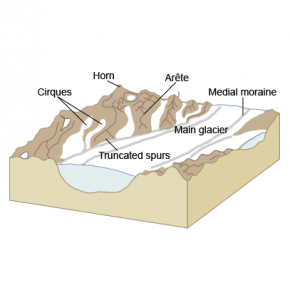
Once the Arctic, Greenland, and Antarctic ice sheets melt, water absorbs more heat. Because ice has a high albedo, it reflects 84% of incoming solar radiation. But once we remove our icy protective shield, water reflects as low as 5% of solar radiation.
This reduction in reflectivity, or albedo, when ice melts contributes to a positive feedback loop, amplifying global warming and the further melting of polar ice, highlighting the critical role of polar ice sheets in regulating Earth’s climate.
10. Ocean circulation patterns disruption
Once ice melts in the Arctic, it will start shifting deep ocean circulation patterns in the Gulf Stream. Currently, this circulation pattern relies on heavy salt water from the north to transport warm water to Great Britain.
Once ice sheets melt, it releases freshwater into the oceans. This disturbs this ocean conveyor belt by slowing downflow in the Atlantic Ocean.
11. Sea level rise
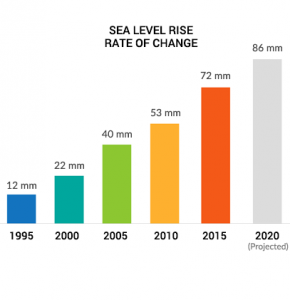
As the planet warms, ocean waters expand. Rising sea levels hit coastal cities the hardest. But another result will trigger further glacier calving. If you increase water volume, this could cause further chunks of ice to outpour into the oceans.
This dynamic interplay between rising sea levels and glacier calving emphasizes the urgency of mitigating climate change to protect coastal communities and fragile polar ice environments.
12. Rainforest drought and loss

Temperatures are projected to rise 2 to 6° by 2100. As a result of the warmer climate, this will result in larger evaporation losses. The increased evaporation losses due to rising temperatures have the potential to exacerbate water scarcity in many regions.
Despite the possibility of more rainfall, unpredictable weather may result in less soil moisture. Drought due to a warmer means the loss of some of the most productive places in the world.
13. Wetland methane release
Wetlands are the largest natural source of methane in the world. Climate change is concerned with their health because heating can cause bogs to release methane.
The amount of methane production is dependent on a number of factors. For example, soil temperature, oxygen availability, and warmer environments all relate to climate change contributors.
14. More kindle for forest fires

Mid-latitude regions are poised to receive an imbalance in rainfall and an increased risk of drought. As a result, forest fires and desertification in forested regions will lower their ability to be carbon sinks.
Overall, this releases more carbon than forests can absorb into the atmosphere. Thus, this positive feedback loop causes further warming.
15. Gas hydrates in shallow water
In the shallow oceans, gas hydrates store enormous amounts of methane. They occur naturally throughout the world as forms of ice and methane.
Because we find them relatively shallow, they are particularly susceptible to warmer temperatures. And similar to melting permafrost, methane release is a potent greenhouse gas. Thus, it causes further global warming.
Climate feedback loops summary
Climate feedback loops are a process in which an external factor, such as the release of heat-trapping greenhouse gases or the injection of aerosols into the atmosphere, causes a change in one part of the climate system that feeds back and amplifies itself.
The Earth’s climate is constantly changing due to such feedback loops. These loops can be either positive or negative. Positive feedback loops increase the rate of change in a particular system. Whereas negative feedback loops slow down or reverse changes caused by external factors.

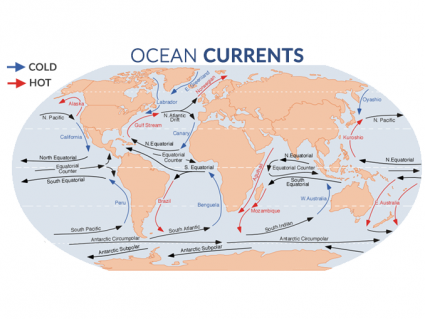

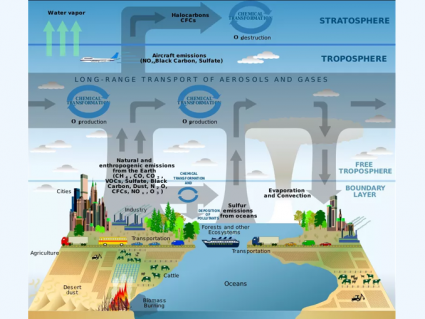
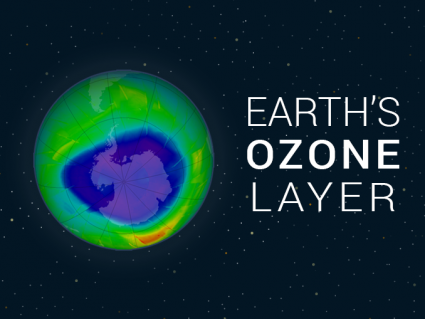


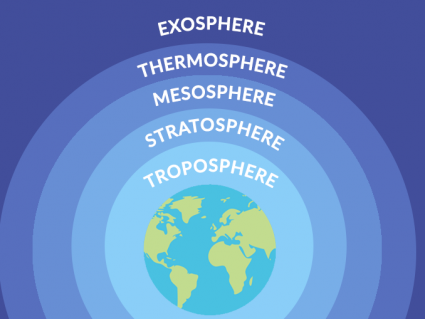
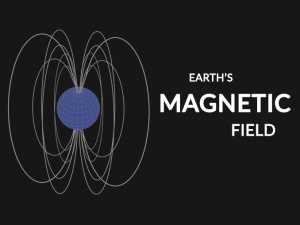
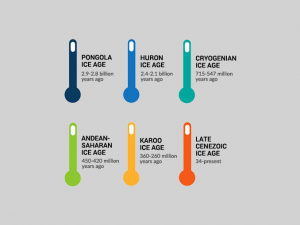
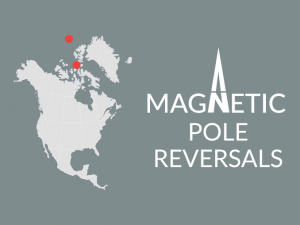


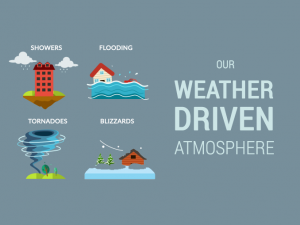

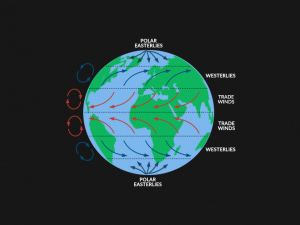
I think yes, they try to incorporate them and it depends on the model
Which of these feedback loops are commonly incorporated into climate simulation models? Which are not? Do we have parametric data sets on all of these loops and are they confirmable?
We published it in July, 2018
I would like to have the date of publication for this article so that I can cite it properly. thank you
That’s one of the reasons people want to protect wetlands is because Wetlands are the largest natural source of methane in the world and we need them.
“Climate models indicate that global warming will reduce the decreasing rate of temperature with height. Overall, this weakens the strength of the greenhouse effect.”
THIS IS GARBAGE
A reduction of the rate of temperature decrease with altitude IS THE SAME AS a particular temperature at a higher altitude
Which IS the greenhouse effect: an increase in the altitude at which IR photons escape to space
Here’s info on how to cite – https://earthhow.com/how-to-cite/
I would like to cite this article in my paper. Can you please give the name of this author so that I can cite it properly? Thanks.
wetlands are the single largest source of the atmospheric greenhouse gas (GHG) methane (CH4). This may increase in a warming climate, leading to positive feedback on climate change. For the first time, we extend interactive wetland CH4 emissions schemes to include the recently quantified, significant process of CH4 transfer through tropical trees. We constrain the parameterisations using a multi-site flux study, and biogeochemical and inversion models.
Thanks a lot, it really helped.
Here’s some info how to cite – https://earthhow.com/how-to-cite/
Hi! I would like to cite this article in a paper that I am writing. Is it possible for me to get the name of the author so that I can properly cite it? Thank you so much.